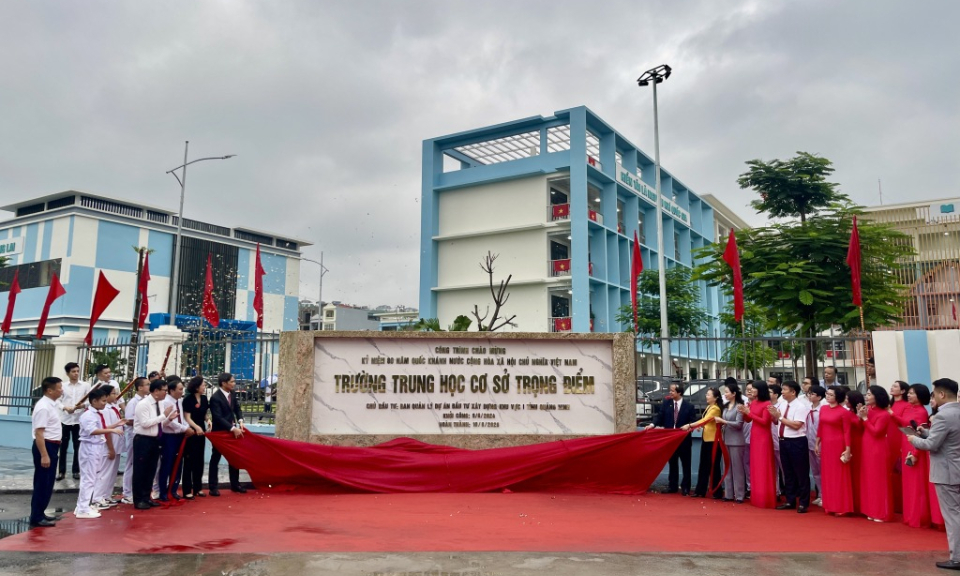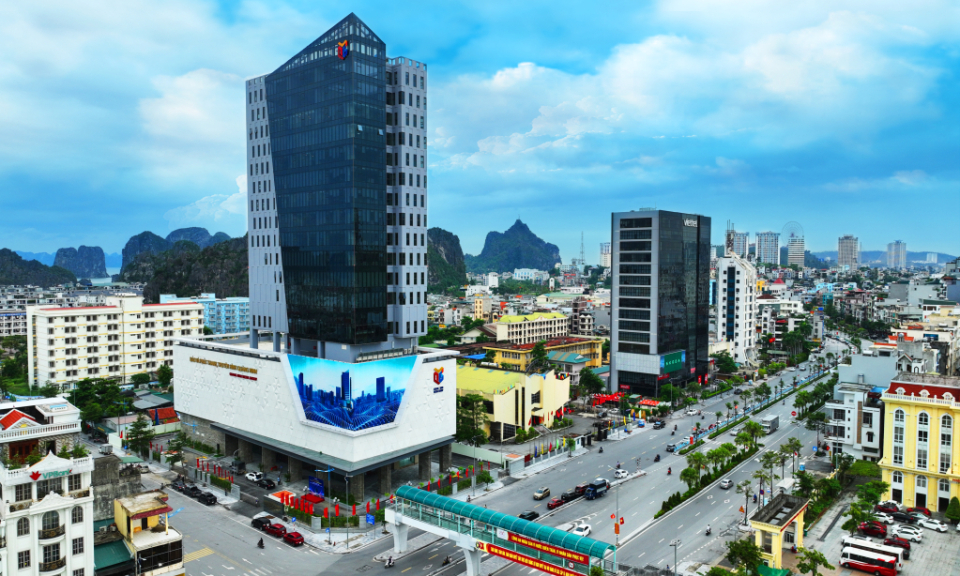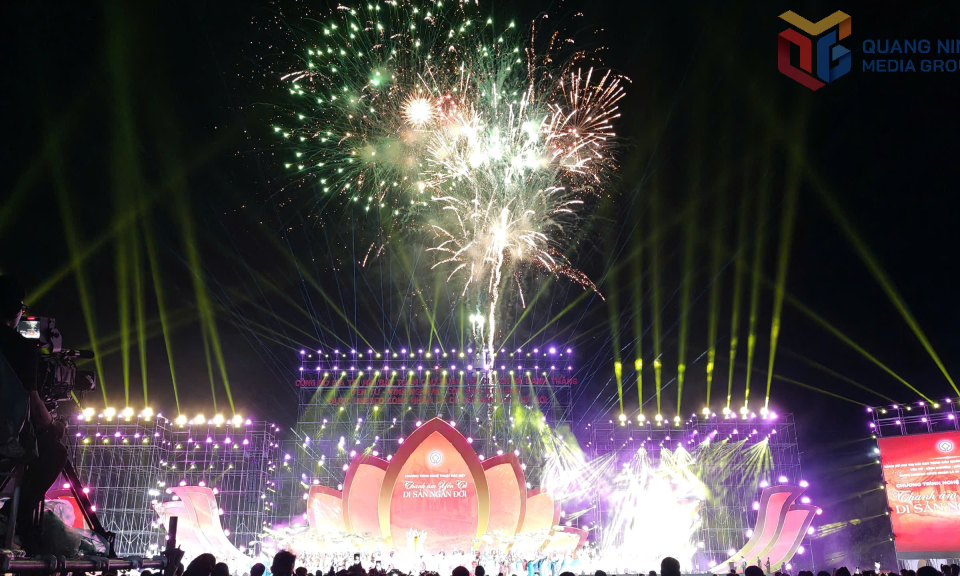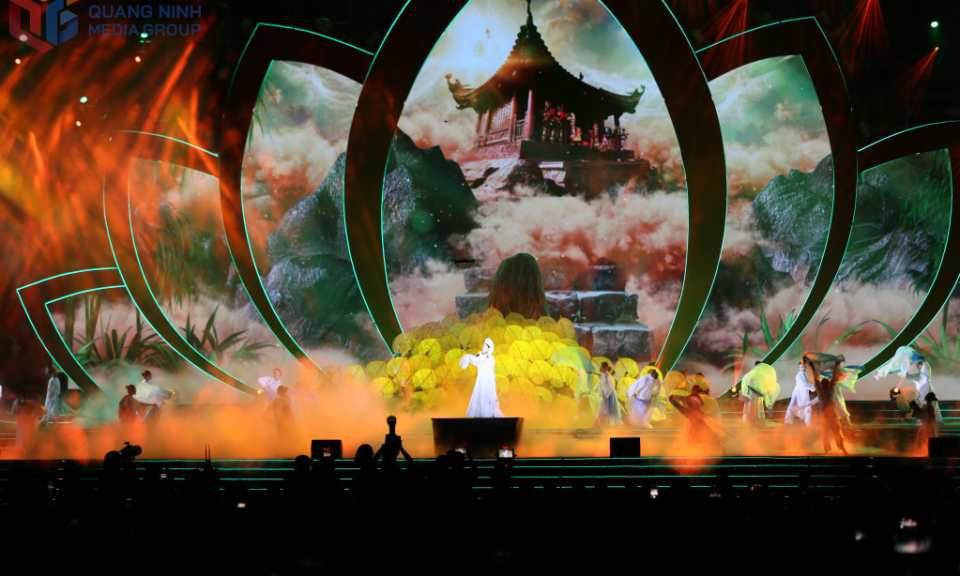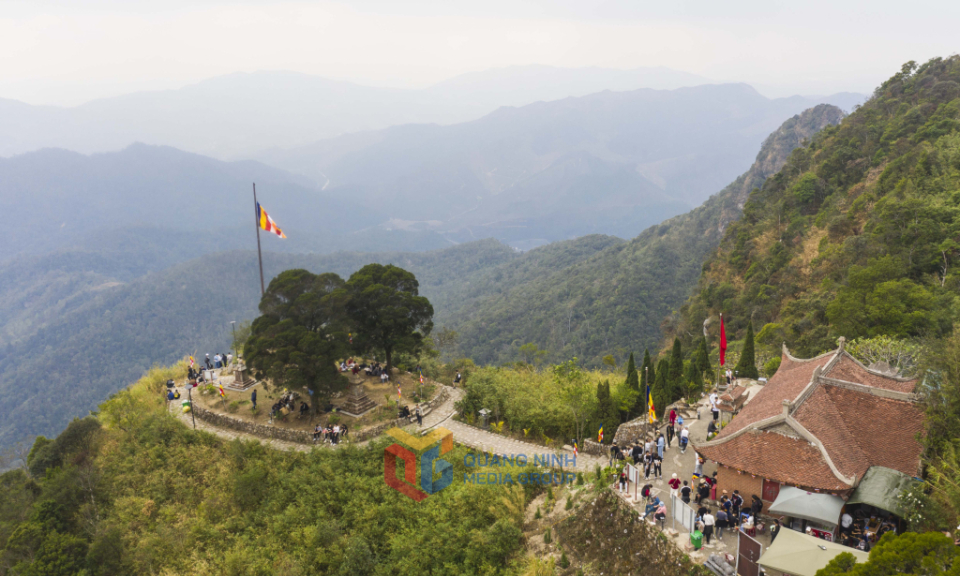Hang Son - a temple and pagoda within a stone cave
Nestled entirely within Son Cave, part of the Chu Coc mountain range in Yen Tu ward, Hang Son temple and pagoda, also known as Coc Tu, is a sacred spiritual site steeped in history and legend. Revered for its dramatic natural setting and cultural significance, it is closely associated with the myth of Bat Hai Dai Vuong, a revered sea deity, and the legendary brotherhood pact between him and National Hero Tran Quoc Tuan (Hung Dao Dai Vuong).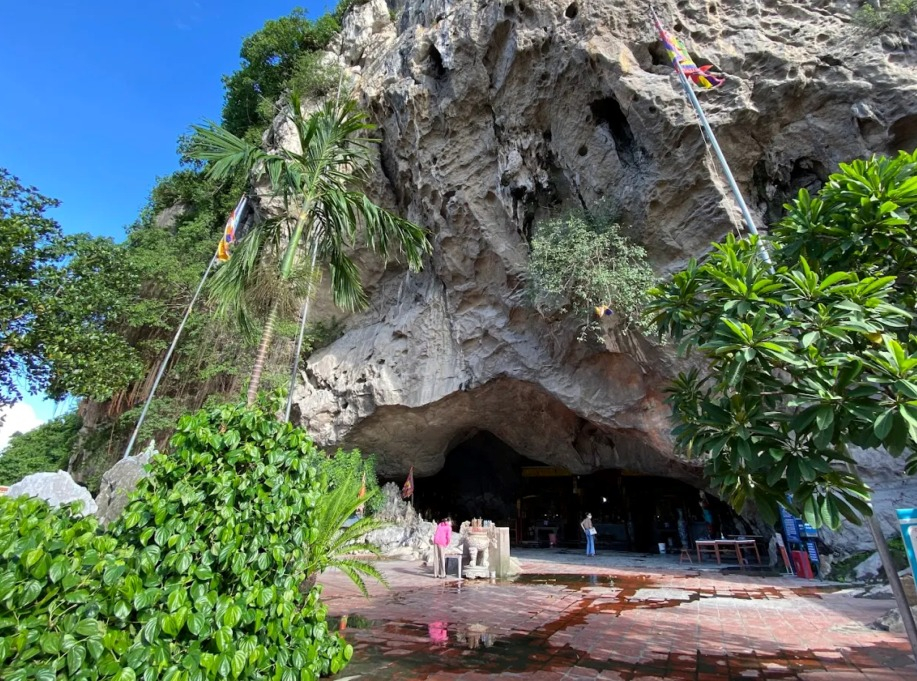
Historically known as Bao Phuc Nham, Hang Son has often been likened to other renowned Vietnamese scenic wonders such as Huong Tich cave in Hanoi and Tam Coc -Bich Dong in Ninh Binh. The site has appeared in ancient texts, including Dai Nam nhat thong chi which noted: “Chu Coc Mountain (Hang Son) lies 13 miles north of Thuy Duong district. There is a very sacred temple there.”
Dating back hundreds of years, the Hang Son temple complex is a uniquely sacred destination in Quang Ninh. With its breathtaking harmony of mountains and water, it offers a solemn and mystical place of worship.
According to folklore, the deity worshipped here was once a handsome and intelligent young man named Pham Chau. A brilliant student of the renowned scholar Hoang Nhat Bien, Pham Chau mastered astronomy and classical literature. During a severe drought, he used his knowledge to summon rain and divert river water into farmlands. Exhausted, he transformed into a carp and drifted down the Ma River to rest in Son Cave. In gratitude for his act, the villagers built a temple in the cave and honored him as Bat Hai Dai Vuong, the guardian of the eight sea gates.

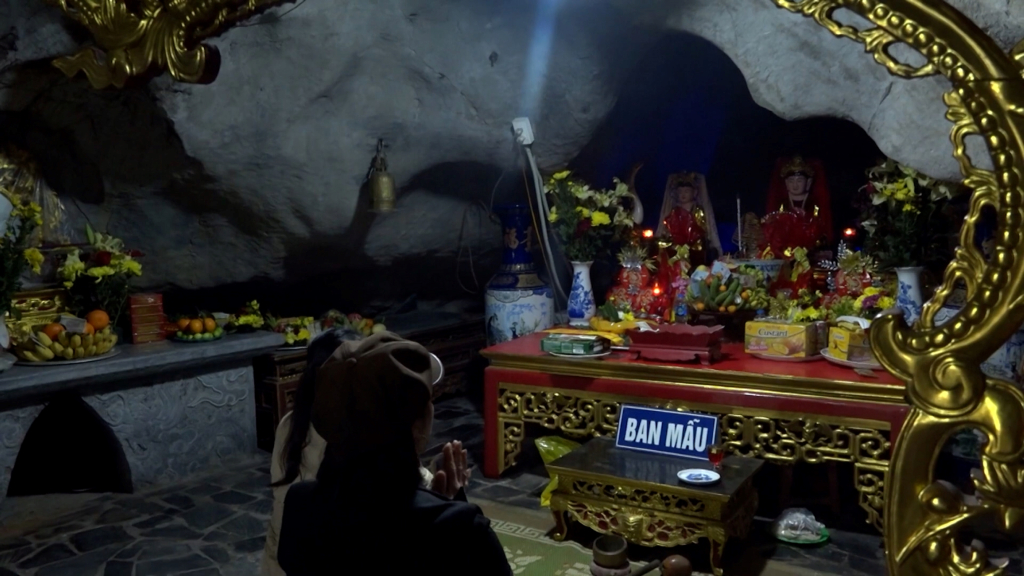
Legend also tells that in 1288, on the eve of the historic Bach Dang river battle, Tran Quoc Tuan led his troops to this area, offered incense at the cave temple, and prayed for victory. After his triumph, he returned to give thanks, pledged brotherhood with the deity, and celebrated with his soldiers splashing wine on the cave walls, which over time darkened, giving rise to the name Son Cave (“Brown Cave”).
In 1329, King Tran Hien Tong, captivated by the cave’s beauty during a royal tour, had the phrase “Bao Phuc Nham” (Blessed cave on the high mountain) inscribed on the rock above the entrance. This name continued to appear in poetry and steles throughout the Trần, Lê, and Nguyễn dynasties. Today, those three original characters still remain above the cave’s arch.
Inside the cave are two mysterious passageways: one descending toward “Hell,” the other leading upward to “Heaven”, adding to the site’s mystical allure.

By the late 16th century, in addition to the shrine to Bat Hai Dai Vuong, a Buddhist altar had also been added, making Hang Son a rare site in northern Vietnam where both Buddhist and folk beliefs coexist. Several ancient stone steles still remain, recording restorations, spiritual dedications, and community support over the centuries. A 1572 stele lists the names of donors who funded the construction and statue carvings, while another from 1934 documents significant restoration efforts.
In 1999, the Hang Son temple complex was recognized by the Quang Ninh provincial People’s Committee as a provincial-level historical, cultural, and scenic Site.
The annual Hang Son Temple Festival is held from the 6th day of the Lunar New Year through the end of the third lunar month. The opening ceremony features a solemn Thuong Nguyen procession from Thuong Pagoda to the temple, dragon and lion dances, cultural performances honoring ancestral contributions and national pride, and ceremonial rituals to pray for peace, prosperity, and favorable weather in the new year.

